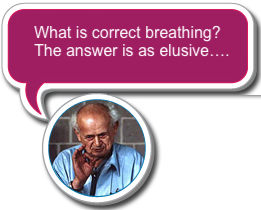Do you wake up in the middle of the night with a lot of thoughts or emotions — and cannot get back to sleep? I’ve been there, a captive of anxiety.
When I was a young man, I began waking up in the middle of the night, staying awake for seemingly hours, with many thoughts about things happening in my life. A friend called it her “squirrels running around”. She identified it as a kind of anxiety, and described it as part of my consciousness/brain was concerned that I would miss something important and so I had to wake up. The solution for me was surprisingly simple and had two steps. The first was to have a notebook at the side of the bed upon which to write the concerns. The second was a bit of a surprise: each night, I had to teach myself (verbally and even imagining doing it) that if something important needed done, that I would wake up, write it down, and deal with it in the morning. Thus I learned a new process for effective sleep.

Did you know that your body has cues for sleep? Each of us have a unique combination of sensations that trigger the mind to shift state toward sleep. It’s usually more than one sensation. For example, it could be lying on your left side, your left hand under your left cheek, right knee drawn up a little bit; you might have the sensation of a soft sheet on your right cheek or shoulder. You might feel your tummy gently expanding and easing near the soft lower sheet. In other words, this combination (or constellation) of sensations together “mean” “ready to sleep”.
However, anxiety separates us from our sensations, and our mind does not get that constellation of sensory cues; instead our thoughts spiral to the past or future. Thus we need to use our brilliant conscious mind to bring attention to sensation.
Anxiety also causes our attention to focus, to have “tunnel vision”. So attending to a single sensation brings in this tunnel vision. Instead we need to also open our attention to attend to several sensations in a gentle, organic way. So the brilliant mind also needs to change its pattern to have an “open focus”.
These two conditions are usually sufficient to allow your system to recognize sufficient cues so the “sleep constellation” can be recognized and you can drift off to sleep.
Almost all Feldenkrais Awareness Through Movement® lessons help you with these.
After five to ten minutes of easy attention to oneself in the present seems to be sufficient for most people to allow the sensations of sleep to be recognized… and you drift off…
A common Awareness Through Movement lesson for easy sleep involves attending to breathing… (here’s a link to one).
More articles:






